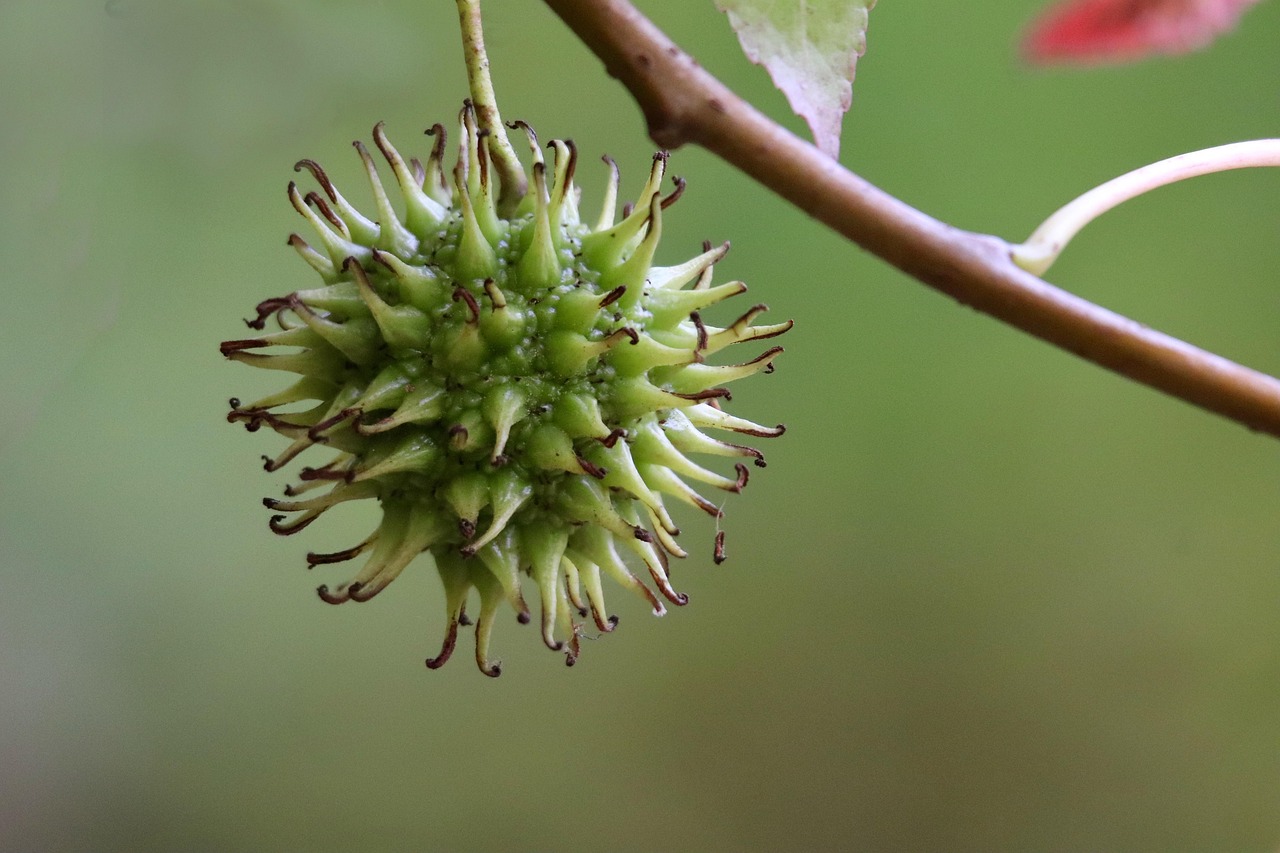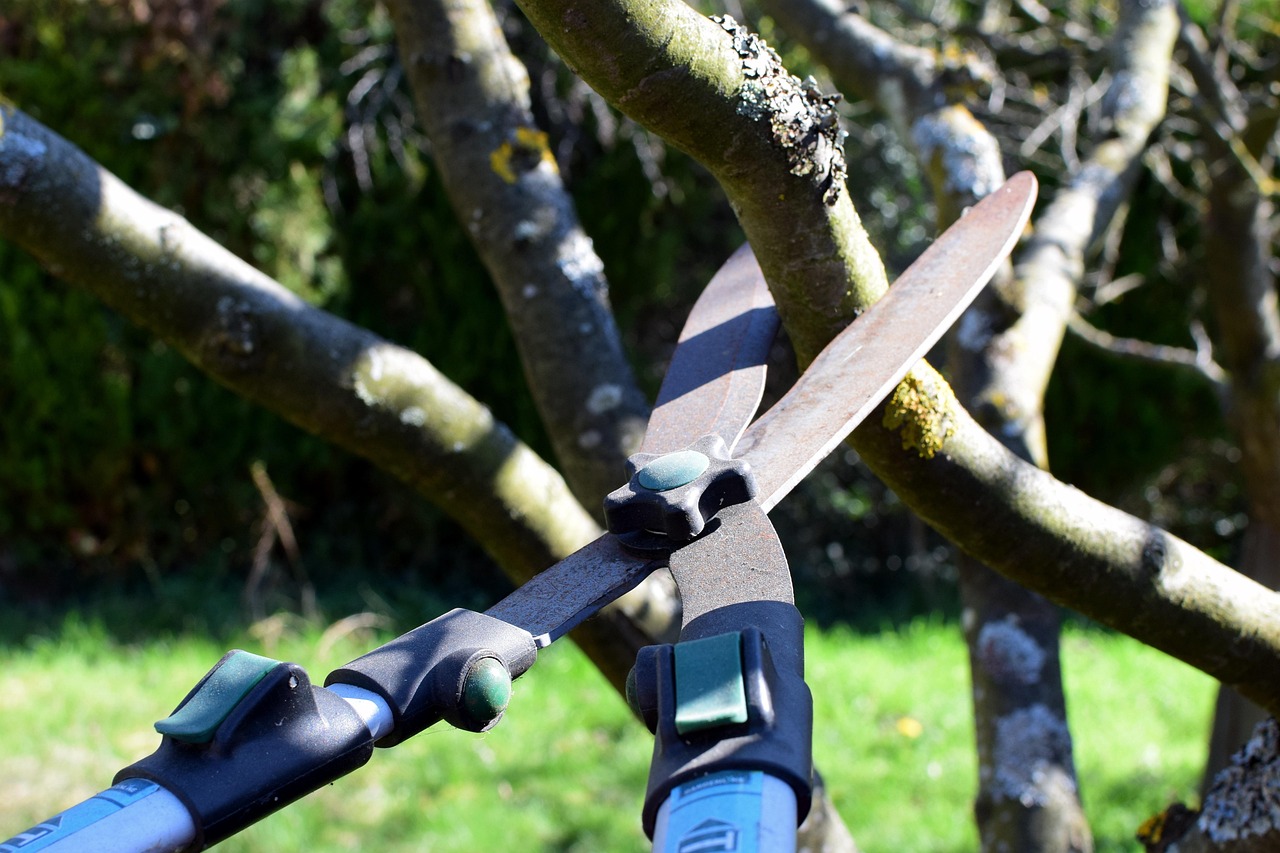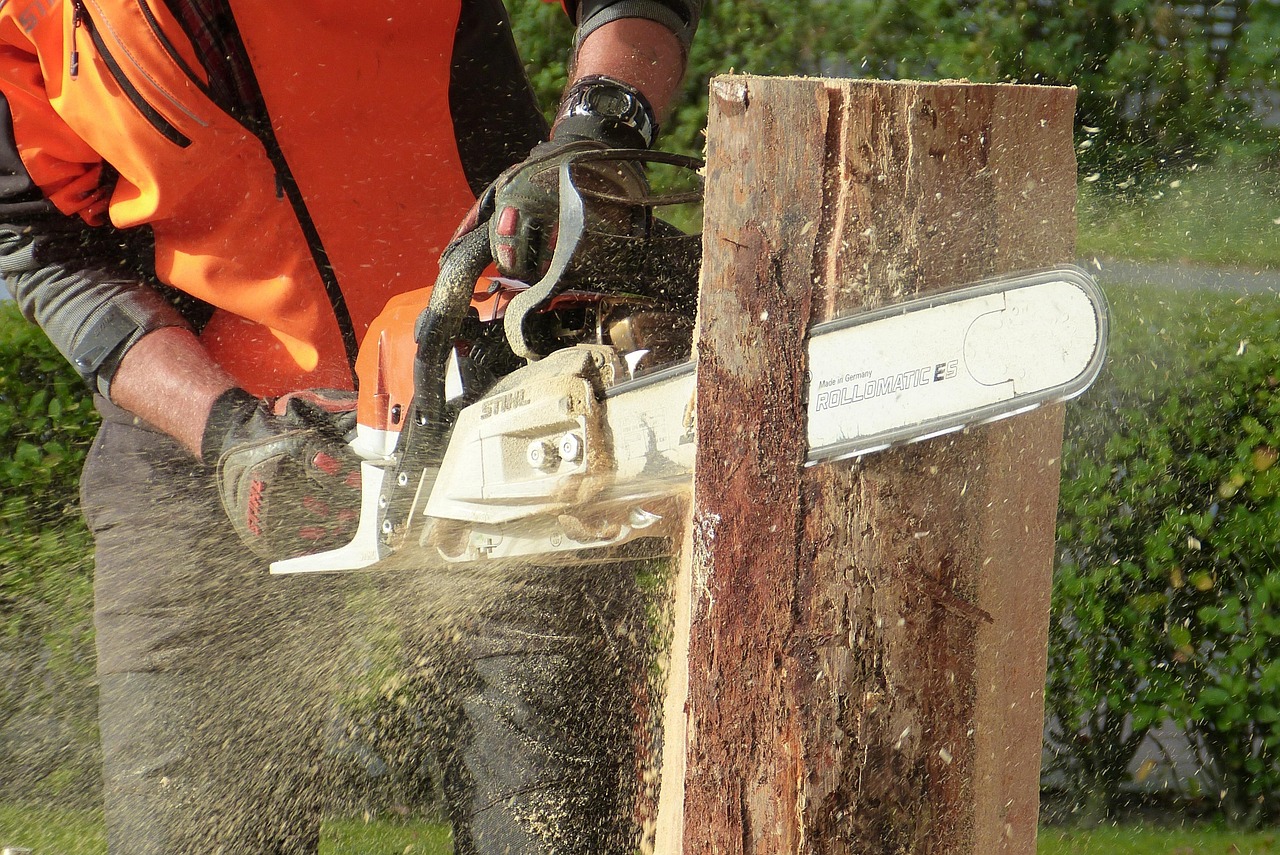Pruning for climate adaptation in fruit tree orchards involves selectively removing branches to enhance air circulation, sunlight penetration, and overall tree health. This practice helps trees better withstand extreme weather, pests, and diseases. By focusing on structural pruning and maintaining balanced canopies, growers can improve fruit quality and yield while promoting resilience against climate variability.
Pruning for climate adaptation in fruit tree orchards involves strategically trimming trees to enhance their resilience against changing weather patterns, pests, and diseases. This practice helps improve air circulation, sunlight penetration, and overall tree health, ultimately leading to better fruit production.
As climate change continues to impact agricultural practices, fruit tree growers are seeking effective methods to adapt. Pruning is a crucial technique that can significantly influence the health and productivity of orchards. By removing excess branches and foliage, growers can help trees withstand the stressors associated with extreme weather conditions, such as droughts or heavy rainfall.

Understanding the basics of tree biology is essential for effective pruning. Trees are living organisms that require careful management to thrive. When pruning, it is vital to consider the timing and methods used to ensure minimal stress. This means selecting the right season for pruning, which often varies depending on the type of fruit tree.
Benefits of Pruning for Climate Resilience
Pruning offers several benefits that can help fruit trees adapt to climate change. Below are some critical advantages:
- Improved Air Circulation: Pruning opens up the canopy of the tree. This allows better airflow, reducing humidity levels that can foster disease.
- Enhanced Sunlight Exposure: Well-pruned trees receive more sunlight, which is essential for photosynthesis and fruit development.
- Stronger Structure: Removing weak or overcrowded branches encourages stronger growth and helps prevent branches from breaking during storms.
- Water Efficiency: Less foliage means reduced water loss through transpiration, helping trees conserve water during dry spells.
In addition to these benefits, pruning can also improve the quality of the fruit produced. Trees that receive adequate sunlight and airflow tend to produce larger and healthier fruits. Moreover, pruning can assist in managing pests and diseases by removing infected branches and reducing the overall density of the canopy.

Timing and Techniques for Pruning
The effectiveness of pruning greatly depends on when and how it is done. Different fruit trees have specific optimal times for pruning. For instance, most deciduous fruit trees are pruned during their dormant season in late winter or early spring. This timing minimizes stress on the tree while promoting vigorous growth in the following growing season.
Here are some common pruning techniques that can be employed:
- Thinning: This involves selectively removing branches to improve light penetration and air circulation within the canopy.
- Heading Back: Shortening branches can stimulate new growth and encourage a bushier appearance.
- Crown Reduction: This technique reduces the height of a tree while maintaining its overall shape, making it easier to manage.
- Cleaning: Removing dead, diseased, or broken branches helps maintain tree health and reduces disease risk.
The choice of technique should align with the specific goals of the orchard owner. For example, a grower aiming for higher yields may focus more on thinning to improve light access, while another might prioritize cleaning to ensure overall tree health.

Understanding Tree Growth Patterns
An essential aspect of effective pruning is understanding how fruit trees grow. Most fruit trees exhibit a growth pattern that includes active growth phases followed by periods of dormancy. During active growth, trees allocate energy toward producing leaves and fruit. In contrast, during dormancy, energy is conserved.
| Growth Phase | Description | Pruning Recommendations |
|---|---|---|
| Active Growth | Period of vigorous leaf and fruit development. | Avoid heavy pruning; focus on minor adjustments. |
| Dormant Phase | Tree conserves energy; minimal growth occurs. | Ideal time for major pruning activities. |
By aligning pruning activities with these growth phases, orchardists can minimize stress on their trees while maximizing growth potential. This synchronization is vital for adapting to climate challenges while ensuring sustainable fruit production.
In conclusion, understanding the principles of pruning for climate adaptation is essential for fruit tree orchard management. The practice not only enhances tree health but also contributes significantly to resilience against climate-related stressors. By implementing proper techniques and timing, growers can ensure their orchards thrive even in changing environmental conditions.

Pruning Techniques for Specific Fruit Trees
Different types of fruit trees require distinct pruning techniques to optimize their growth and adaptability. Understanding the unique needs of each species can enhance their resilience to climate change and improve fruit quality. Below, we explore pruning methods tailored for some common fruit trees.
Apple Trees
Apple trees are popular in many orchards and benefit significantly from proper pruning. The primary goals for pruning apple trees include promoting an open canopy and maintaining tree health.
- Time of Pruning: Late winter or early spring before new growth begins is ideal for apple trees.
- Thinning Cuts: Remove inward-growing branches and those that cross over each other to improve air circulation.
- Heading Cuts: Shorten long branches to encourage bushier growth and more fruit-bearing spurs.
Regular pruning helps apple trees remain productive and reduces the risk of diseases such as apple scab and fire blight.
Pear Trees
Pear trees also require specific pruning techniques to thrive. The focus should be on maintaining a balanced structure while ensuring adequate airflow.
- Pruning Time: Similar to apple trees, prune during the dormant season.
- Thin Out Crowded Areas: Remove branches that compete for space to allow sunlight to reach all parts of the tree.
- Maintain Shape: Aim for a central leader structure, which encourages upward growth and fruit production.
Proper pruning can improve fruit quality and decrease the susceptibility of pear trees to pests like codling moths.
Citrus Trees
Citrus trees, including oranges, lemons, and limes, have unique pruning needs. These trees thrive in warm climates and benefit from careful management.
- Pruning Period: Prune citrus trees just after harvesting, usually in late winter or early spring.
- Remove Dead Wood: This helps prevent disease spread and encourages new growth.
- Aim for a Vase Shape: This structure allows sunlight to penetrate the canopy effectively.
Citrus trees may experience stress from excessive humidity. Pruning enhances airflow, reducing the risk of fungal diseases.
The Role of Pruning in Pest Management
Pest control is a significant concern for orchardists, especially in the context of climate change. Pruning plays a crucial role in reducing pest populations while promoting healthy tree growth.
Reducing Pest Habitats
Overgrown trees can create environments conducive to pests. Effective pruning can help minimize these habitats by:
- Removing Infected Branches: This prevents pests from spreading throughout the tree.
- Enhancing Visibility: A well-pruned tree makes it easier to spot and treat pest infestations early.
- Improving Airflow: Better airflow decreases humidity levels that attract pests.
Encouraging Beneficial Insects
In addition to managing harmful pests, proper pruning can encourage beneficial insects that act as natural pest control agents. By maintaining a diverse and healthy ecosystem within the orchard, growers can reduce reliance on chemical pesticides.
Environmental Considerations in Pruning Practices
The approach to pruning should consider environmental impacts as well. Sustainable practices not only benefit the orchard but also contribute positively to local ecosystems. Here are some important factors to keep in mind:
- Biodiversity: Encourage a variety of tree species in the orchard to enhance biodiversity and resilience against pests and diseases.
- Soil Health: Minimize soil disturbance during pruning activities, as healthy soil is crucial for robust tree growth.
- Water Conservation: Implement pruning strategies that promote water efficiency, such as reducing canopy density to decrease water loss through transpiration.
Sustainable pruning practices support overall orchard health, ensuring that trees are better equipped to handle climate changes.
The Economic Aspects of Pruning
Investing time and resources into effective pruning can yield significant economic benefits for orchardists. The following points outline the economic advantages associated with proper pruning practices:
- Increased Yield: Well-pruned trees typically produce higher quality and quantity of fruit, directly impacting profitability.
- Reduced Input Costs: Healthy trees require fewer chemical treatments for pests and diseases, lowering overall maintenance costs.
- Longer Tree Lifespan: Proper care through pruning extends the productive life of fruit trees, providing returns over a longer period.
The financial incentives of implementing effective pruning strategies make it an essential practice for successful fruit tree management in changing climates.
Pruning Tools and Techniques
Effective pruning requires the right tools and techniques to ensure clean cuts and minimize stress on the trees. Having the proper equipment not only facilitates the pruning process but also contributes to the overall health of the trees.
Essential Pruning Tools
Choosing the right tools is crucial for successful pruning. Below are some essential tools that every orchardist should consider:
- Hand Pruners: Ideal for small branches, these tools provide precision and ease of use.
- Loppers: These are used for cutting thicker branches up to 2 inches in diameter. They offer greater leverage and reach.
- Pruning Saws: For larger branches, a pruning saw provides a clean cut without damaging the tree.
- Pole Pruners: Useful for reaching high branches, these tools combine a saw or pruner with a long handle.
- Bypass vs. Anvil Pruners: Bypass pruners create cleaner cuts by using two curved blades that pass by each other, while anvil pruners crush stems against a flat surface. Bypass pruners are generally preferred for live branches.
Maintaining tools in good condition is essential. Regular sharpening and cleaning can enhance their effectiveness and prolong their lifespan.
Pruning Techniques to Implement
A variety of pruning techniques can be employed based on the specific objectives and the type of fruit tree. Here are some common techniques used in orchards:
- Thinning: This technique involves removing entire branches to increase light penetration and air circulation within the canopy.
- Heading: Cutting back a branch to a bud encourages new growth and a bushier appearance. This is particularly useful for shaping trees.
- Renewal Pruning: This method focuses on removing older branches to encourage new growth and maintain productivity.
- Espalier: A specialized technique that trains trees to grow flat against a wall or trellis, maximizing space and sunlight exposure.
Implementing these techniques can help orchardists achieve their specific goals while promoting overall tree health and resilience.
Climate Change Impacts on Fruit Trees
As temperatures rise and weather patterns shift, fruit trees face increasing challenges. Understanding these impacts helps orchardists adapt their pruning strategies effectively.
Temperature Variability
Extreme temperature fluctuations can affect fruit tree flowering and fruit set. Trees may bloom too early in response to warmer temperatures, making them vulnerable to frost damage. Pruning practices can mitigate these risks by:
- Timing Adjustments: Delaying pruning until after the last frost can help protect blossoms from unexpected cold snaps.
- Promoting Healthy Growth: Ensuring trees remain healthy through proper pruning can enhance their ability to cope with temperature extremes.
Increased Pest Pressure
The changing climate also affects pest populations. Warmer temperatures may lead to longer growing seasons for pests, putting additional stress on fruit trees. Effective pruning can help combat these issues by:
- Reducing Pest Habitats: Thinning out the canopy decreases areas where pests can thrive.
- Encouraging Natural Predators: A well-maintained orchard can support beneficial insects that naturally control pest populations.
Water Availability
Drought conditions can significantly impact fruit tree health. Pruning can enhance water efficiency through various means:
- Minimizing Leaf Surface Area: Reducing foliage reduces transpiration and conserves water.
- Encouraging Deep Roots: Properly pruned trees develop deeper root systems, improving their access to water.
Best Practices for Sustainable Pruning
Sustainable pruning practices not only benefit individual trees but also contribute to the overall health of the orchard ecosystem. Here are some best practices to consider:
- Avoid Over-Pruning: Excessive pruning can stress trees and reduce fruit production. Aim for a balanced approach.
- Use Clean Cuts: Always use sharp, clean tools to minimize injury and reduce the risk of disease transmission.
- Monitor Tree Health: Regularly assess tree health before and after pruning to identify any issues early on.
- Educate Yourself: Stay informed about new research and techniques related to pruning and climate adaptation.
Implementing these sustainable practices can lead to healthier orchards that are more resilient in the face of climate change challenges.
The Importance of Record Keeping
Maintaining detailed records of pruning activities is vital for successful orchard management. Good record keeping allows growers to track tree performance over time and make informed decisions about future pruning strategies.
- Date of Pruning: Note when each tree was pruned to monitor growth patterns in relation to timing.
- Type of Pruning Done: Document the techniques used on each tree, such as thinning or heading cuts.
- Trees’ Health Status: Record any observations regarding tree health, pest presence, or disease symptoms.
This information can help orchardists refine their practices, adapt to changing conditions, and ultimately achieve better yields in their fruit production efforts.
Integrating Technology in Orchard Management
In recent years, technology has transformed various agricultural practices, including orchard management. Integrating modern technology into fruit tree pruning and overall care can greatly enhance the efficiency and effectiveness of these practices.
Precision Agriculture
Precision agriculture involves using technology to monitor and manage crops more effectively. This approach can be particularly beneficial for fruit trees, as it allows for tailored pruning strategies based on real-time data.
- Soil Moisture Sensors: These devices help monitor soil moisture levels, enabling growers to determine the best times for pruning and watering.
- Drones: Drones can provide aerial views of the orchard, helping to identify areas that require pruning or additional care.
- Remote Sensing: This technology can assess tree health and vigor by analyzing leaf color and density, guiding pruning decisions.
By leveraging precision agriculture tools, orchardists can make informed decisions that enhance tree health and productivity, ultimately contributing to climate adaptation efforts.
Mobile Applications
Mobile applications designed for orchard management can aid in record keeping and monitoring. These apps can simplify the process of tracking pruning activities, pest occurrences, and overall tree health.
- Record Keeping: Many apps allow users to log activities directly from their smartphones, making it easy to track data on the go.
- Pest Identification: Some mobile applications offer features that help identify pests and diseases based on pictures or symptoms, enabling quicker responses.
- Weather Monitoring: Integrated weather forecasts can inform growers about imminent weather changes that may affect pruning schedules.
The use of mobile applications enhances decision-making and fosters proactive management practices in orchards.
The Role of Community and Education
As climate challenges increase, the importance of community and education in fruit tree management cannot be overstated. Sharing knowledge and experiences among orchardists can lead to improved practices and better adaptation strategies.
Local Workshops and Training Programs
Participating in local workshops and training programs allows growers to learn from experts and share best practices. These gatherings can cover various topics, including:
- Pruning Techniques: Hands-on demonstrations teach effective methods tailored to different fruit trees.
- Pest Management Strategies: Learning about integrated pest management can help orchardists reduce chemical usage and promote sustainability.
- Sustainable Practices: Workshops often emphasize eco-friendly approaches that benefit both trees and the environment.
Networking with Peers
Building a network with other orchardists can enhance learning opportunities. Collaborating with peers allows growers to share insights about challenges faced in their regions, fostering a supportive community.
- Online Forums: Participating in online forums dedicated to fruit tree farming can provide valuable information and support.
- Local Associations: Joining local agricultural associations can give access to resources, funding opportunities, and collective advocacy efforts.
Final Thoughts
The practice of pruning for climate adaptation in fruit tree orchards is vital in today’s ever-changing environment. By understanding the intricacies of tree biology, employing specific techniques for various fruit types, and integrating technology into management practices, growers can enhance the health and productivity of their orchards.
Sustainable pruning not only improves yields but also contributes to the resilience of trees against climate-related challenges. By keeping detailed records, utilizing modern technology, and engaging with community resources, orchardists foster an adaptive approach that balances productivity with environmental stewardship.
The journey toward resilient orchards begins with informed practices. As the climate continues to change, the commitment to sustainable management will be essential for the future of fruit production. By prioritizing education and collaboration, fruit tree growers can navigate these challenges successfully while ensuring a thriving agricultural landscape for generations to come.
